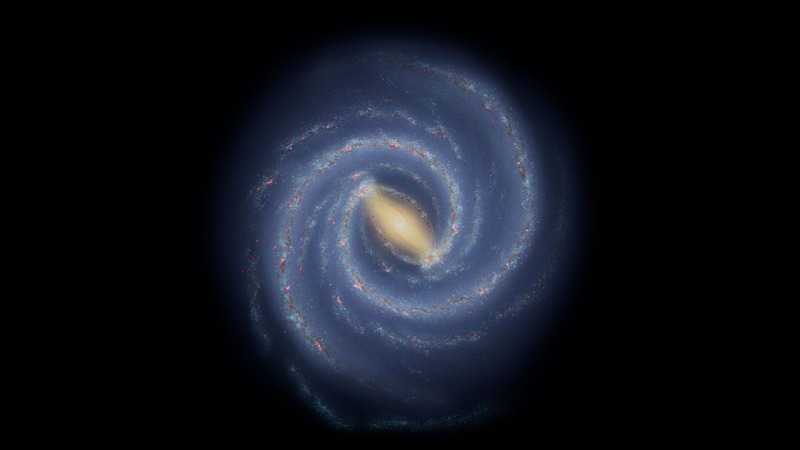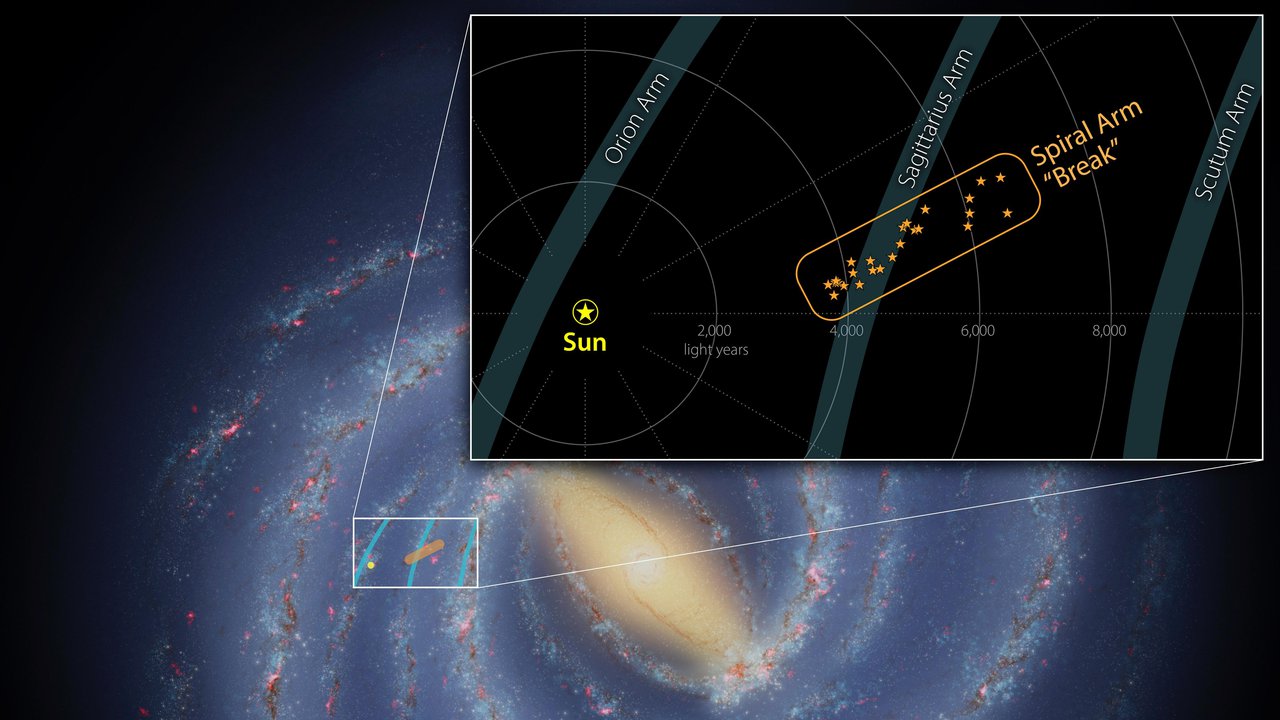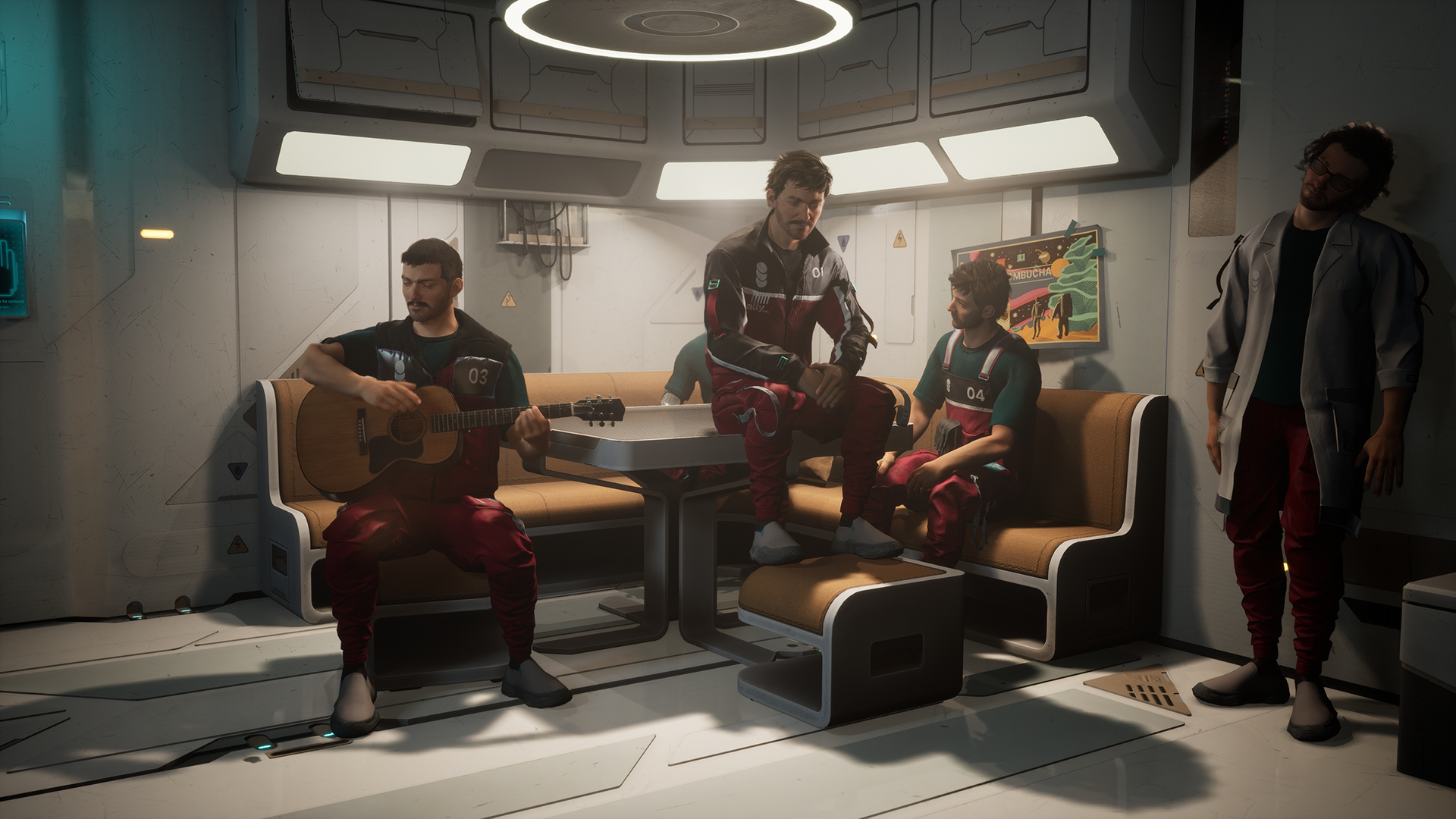The Milky Way has a 'broken' arm that could reveal its galactic history
JPL says the gap looks like 'a splinter poking out from a plank of wood'

Scientists have found a strange "break" in the spiral arms our Milky Way galaxy that could tell us more about its galactic history.
The grouping of young stars and gassy regions is described by NASA's Jet Propulsion Laboratory (JPL) as looking like "a splinter poking out from a plank of wood" from the plane of the spiral Milky Way's arms.
Finding the feature was a feat in itself, because Earth is inside the Milky Way. In a statement, JPL officials said the difficulty of performing such research is somewhat like standing in Times Square while trying to draw a map of the island of Manhattan.
Related: See a virtual Milky Way map from Europe's Gaia spacecraft
Researchers tracked the feature down using the infrared or heat-seeking eyes of NASA's Spitzer Space Telescope (before the observatory retired in January 2020) and the European Space Agency's Gaia mission, which measures stellar distances and motions. Gaia's latest major data release was in July.
The new study focused on a nearby region of one of the Milky Way's arms, called the Sagittarius Arm — home of the famous "Pillars of Creation" stacks of stars that form part of the Eagle Nebula (Messier 16.) Between Spitzer and Gaia, the combined data showed Sagittarius is full of young stars that move in space, at nearly the same velocity and direction.
Quiz: How well do you know the Milky Way?
Get the Space.com Newsletter
Breaking space news, the latest updates on rocket launches, skywatching events and more!

“A key property of spiral arms is how tightly they wind around a galaxy,” Michael Kuhn, an astrophysicist at the California Institute of Technology and lead author of the new paper, said in the JPL statement.
Kuhn added that earlier models of the Milky Way suggested the winding, measured by the "pitch angle" compared to a perfect circle at 0 degrees, previously suggested Sagittarius had a pitch angle of roughly 12 degrees. The new observations show the pitch angle of Sagittarius is almost 60 degrees. Why is still unclear, though.
Astronomers are still trying to figure out how and why the arms of galaxies form, and JPL said the new study may give a few clues. Because the newly discovered feature's stars were formed around the same time and zone, they likely were influenced by bigger changes happening in the Milky Way. Such changes include the gravity and shear associated with the galaxy's rotation.
"This structure is a small piece of the Milky Way, but it could tell us something significant about the galaxy as a whole," said co-author Robert Benjamin, an astrophysicist at the University of Wisconsin-Whitewater, in the same statement.
Benjamin is also principal investigator of the Galactic Legacy Infrared Mid-Plane Survey Extraordinaire (GLIMPSE) catalog, which the new study also used. GLIMPSE includes roughly 100,000 newborn stars discovered by Spitzer during its lifetime.
A peer-reviewed study based on the research was published in the July 2021 issue of Astronomy and Astrophysics.
Follow Elizabeth Howell on Twitter @howellspace. Follow us on Twitter @Spacedotcom and on Facebook.
Join our Space Forums to keep talking space on the latest missions, night sky and more! And if you have a news tip, correction or comment, let us know at: community@space.com.

Elizabeth Howell (she/her), Ph.D., was a staff writer in the spaceflight channel between 2022 and 2024 specializing in Canadian space news. She was contributing writer for Space.com for 10 years from 2012 to 2024. Elizabeth's reporting includes multiple exclusives with the White House, leading world coverage about a lost-and-found space tomato on the International Space Station, witnessing five human spaceflight launches on two continents, flying parabolic, working inside a spacesuit, and participating in a simulated Mars mission. Her latest book, "Why Am I Taller?" (ECW Press, 2022) is co-written with astronaut Dave Williams.
